3D pens are the latest crafting tool in the world of art and design. With just a few simple strokes, anyone can create complex designs, sculptures, and even wearable art. But how is that possible?
The answer is plastic filaments are the building blocks of 3D pens, and choosing the right one can make all the difference in your projects.
PLA (Polylactic Acid) is a biodegradable and eco-friendly plastic filament made from renewable resources such as cornstarch or sugarcane. It is widely used in 3D printing and is a popular choice for 3D pens as well. PLA is known for its ease of use, making it an excellent choice for beginners. It has a melting point of around 180°C. After PLA is freezing it becomes drop and wreck resistant. One of the biggest advantages of PLA is its vibrant colours. It is available in a wide range of hues, allowing you to create colourful and vibrant designs.
PCL (Polycaprolactone) is a thermoplastic that is known for its unique properties. It is a shapeable and flexible plastic that can be reheated and reshaped multiple times, offering a level of flexibility not found in other types of filaments. It is also biodegradable, making it an eco-friendly option. PCL has a low melting point at 70°C, which makes it easy to work with.
ABS (Acrylonitrile Butadiene Styrene) is a durable and robust thermoplastic that is mostly used in 3D printers. It is also a popular choice for 3D pens due to its unique attributes. ABS boasts exceptional durability and impact resistance, making it ideal for functional parts. It can withstand a wide range of temperatures, making it suitable for applications exposed to heat or fluctuating environmental conditions.
Choosing the right plastic filament for your 3D pen can make all the difference in your projects. Here are some considerations to help you make an informed decision.
First of all, identify you 3D pen model to be sure you have the required type of plastic. Be sure that you use the available thickness diameter, most 3D pens compatible with 1.75mm filaments.
Each filament has its unique properties and limitations, and it is important to consider your project requirements, ease of use, flexibility, post-processing options, and budget when making a decision. Whether you opt for the eco-conscious PLA, the versatile PCL, or the durable ABS, each filament has its unique story to tell in your 3D pen creations.
In our shop, you can see different 3D pen models that are compatible with PLA, PCL and ABS plastic.
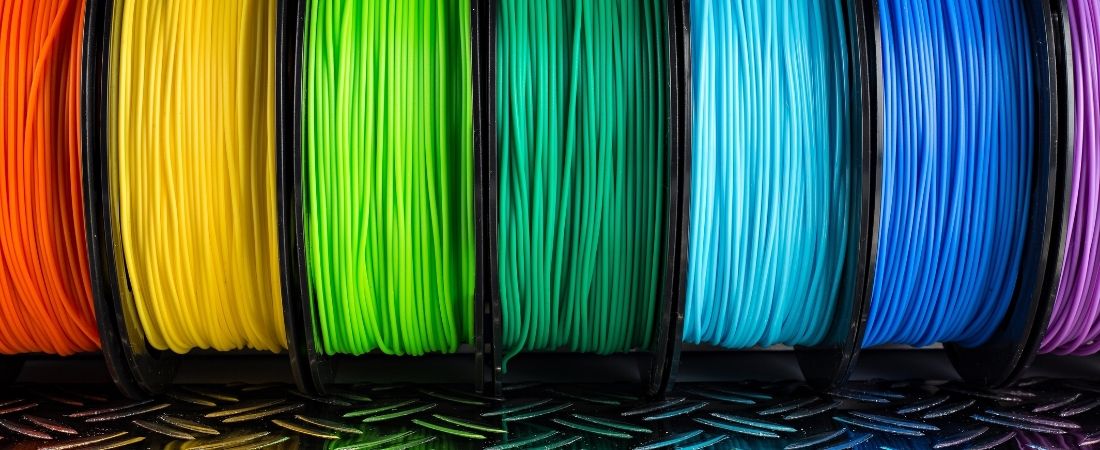
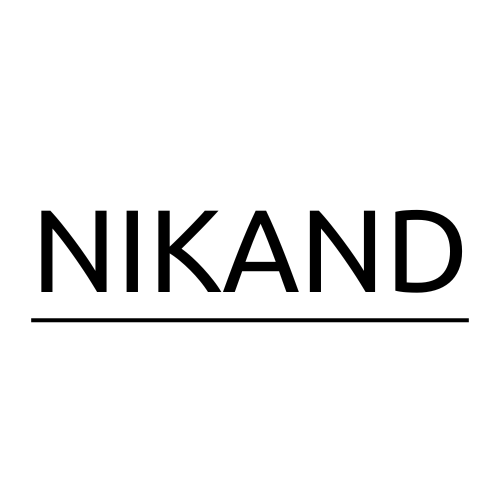
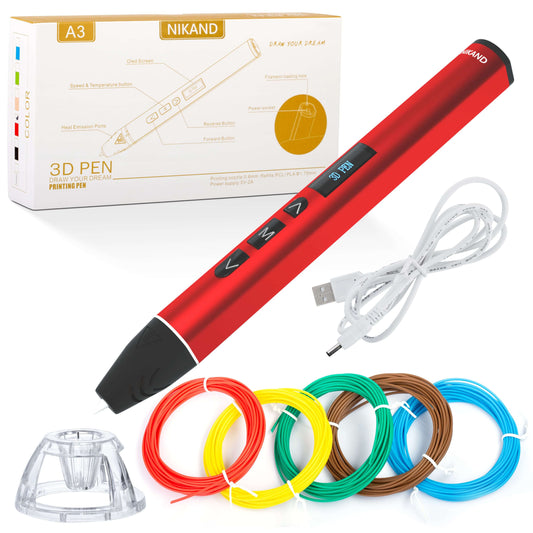
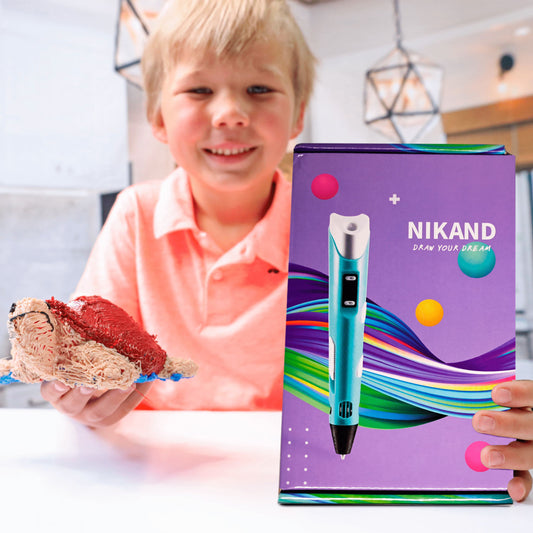
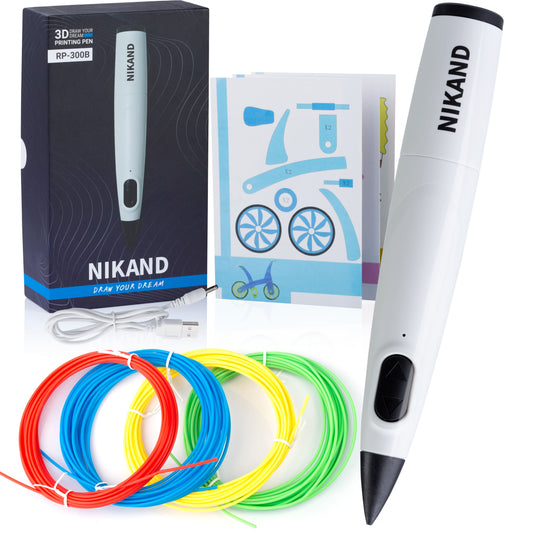
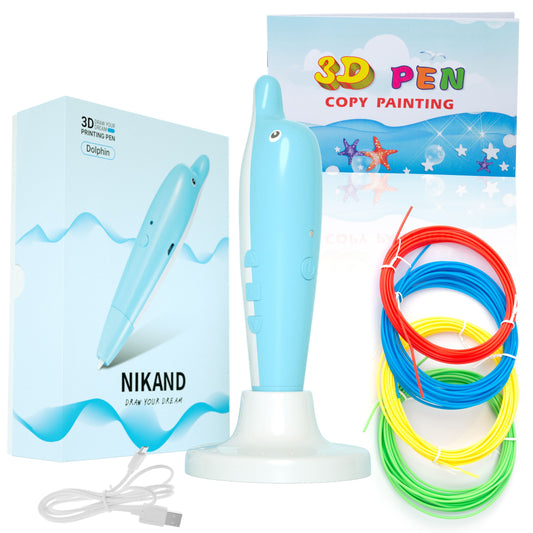
1 comment
How do you think the choice of filament—whether PLA, PCL, or ABS—affects the outcome of your 3D pen project, and how do you decide which one to use based on your project’s needs, budget, and desired post-processing options?
Visit us Industri Kreatif